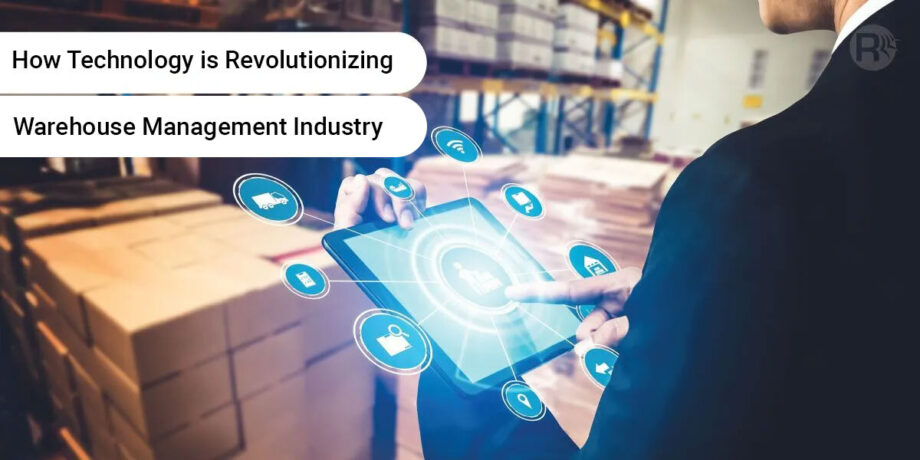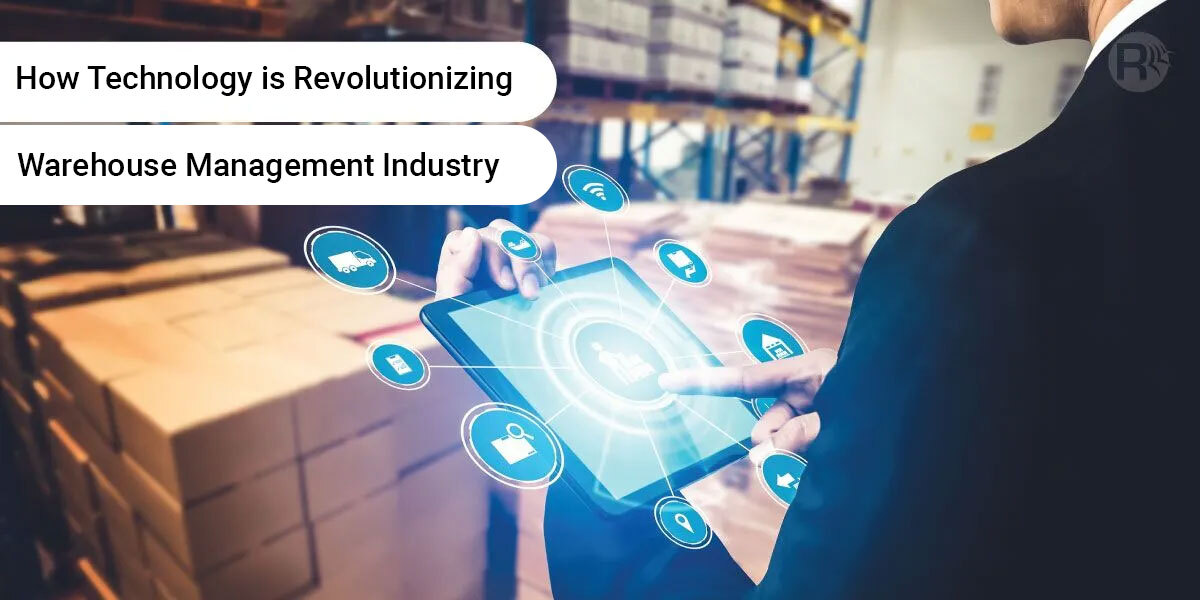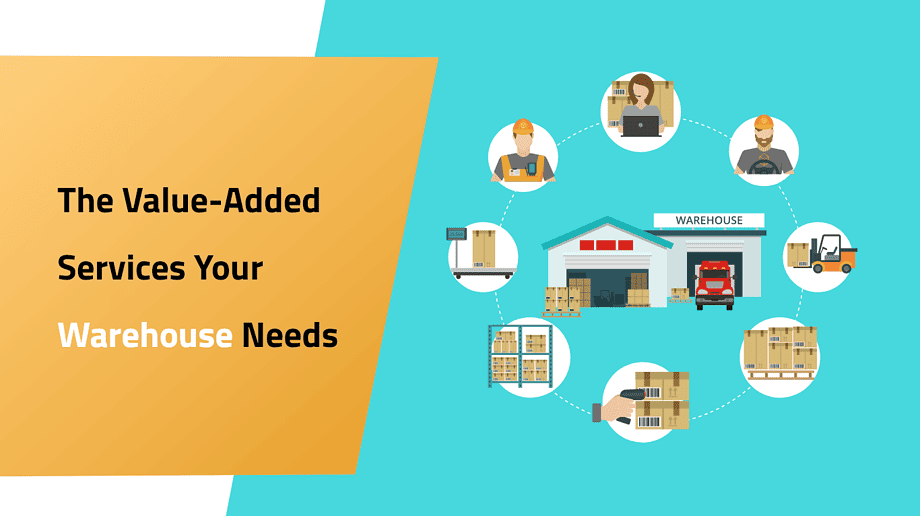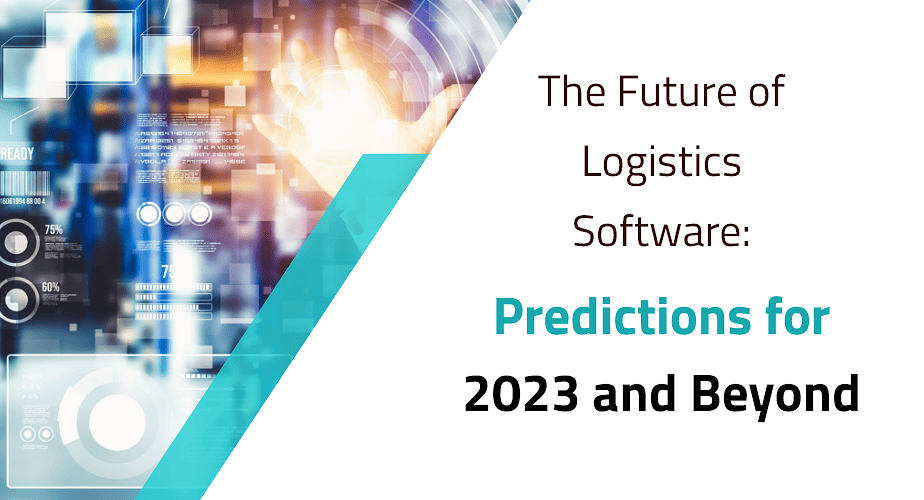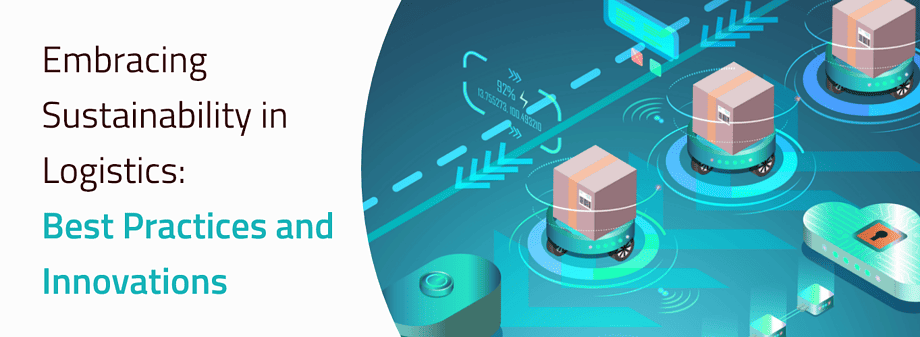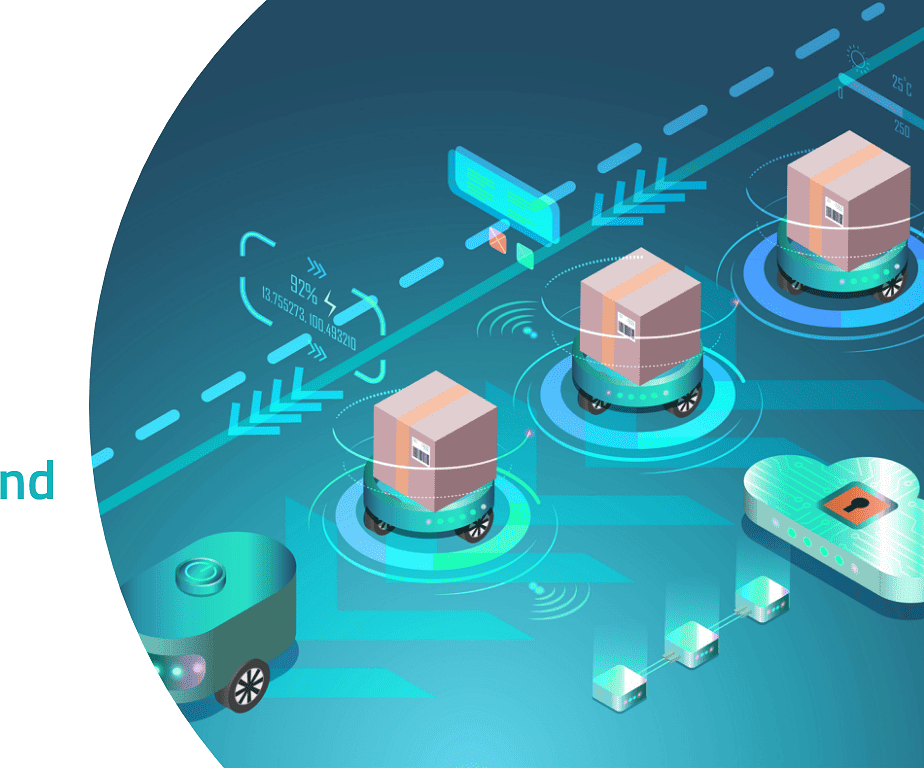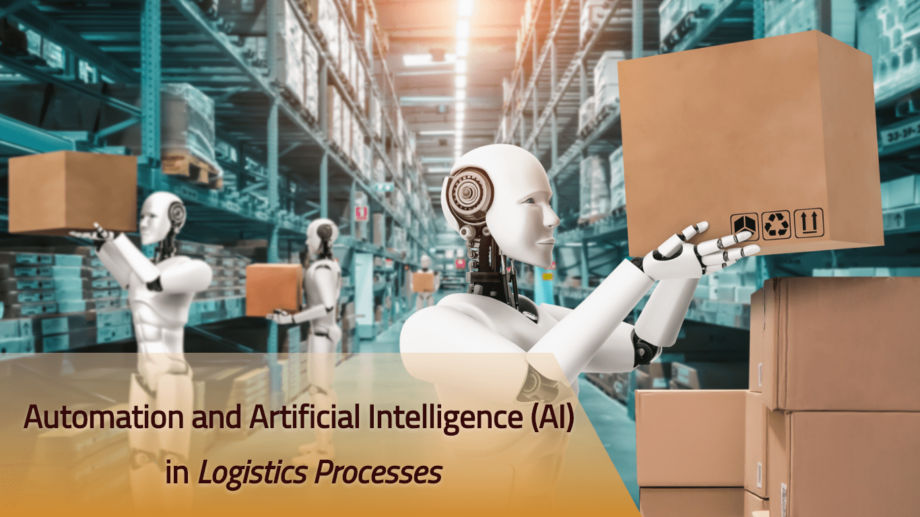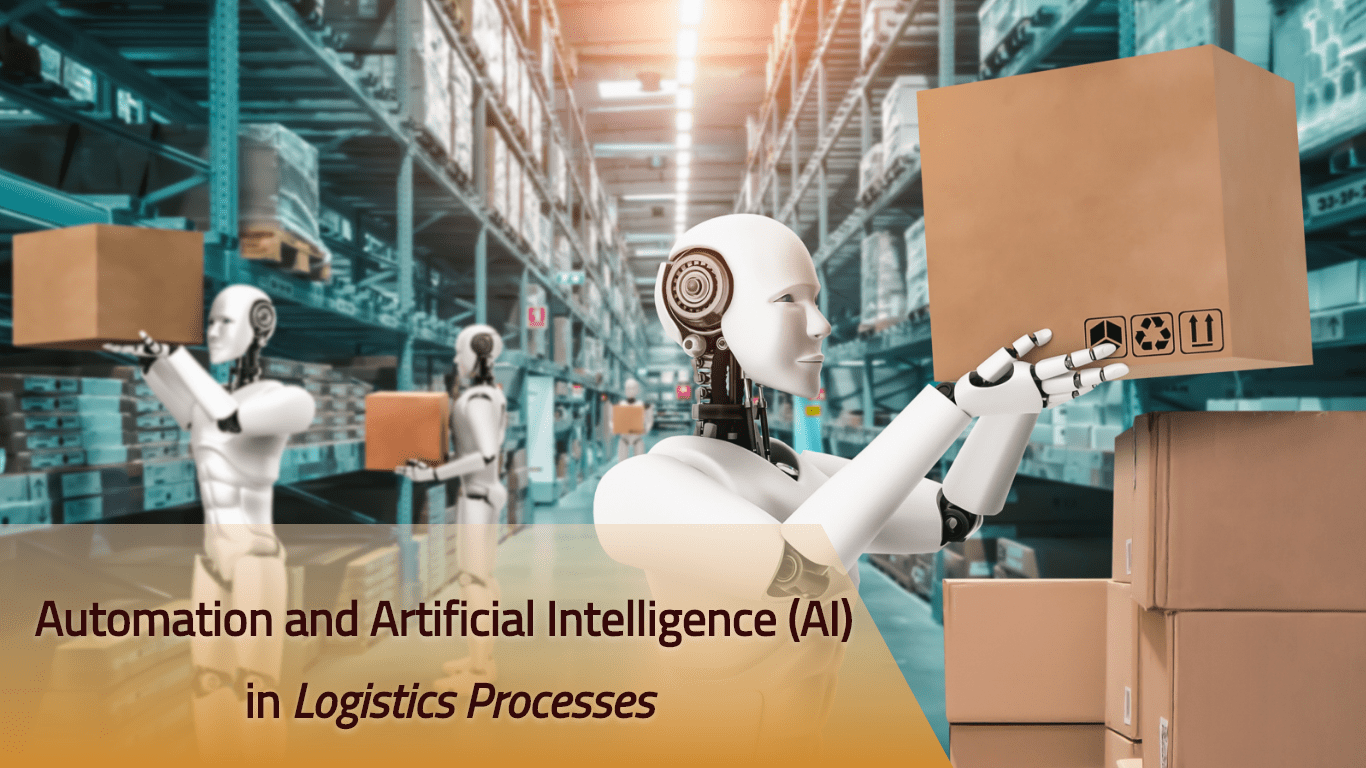Technology is quickly transforming the world around us, impacting everything from the way we communicate to how we operate our businesses. Technology is transforming warehouses, too, supporting learner, more agile operations and enabling warehouses to offer rapid delivery and error-free orders – elements that are essential to the success of a fulfilment operation.
Why is technology important for warehouses?
Some companies open their own warehouses or distribution centres, but opening a new facility requires substantial capital. To avoid significant capital investment, some companies enlist a third-party logistics provider (3PL) to provide warehousing, distribution, and logistics services, while others turn to on-demand warehousing to secure additional storage capacity when they need it. In addition to securing additional storage capacity, many warehouses turn to technology innovations to meet the demand for rapid, accurate deliveries.
But what technologies are behind the curtain? And how are they changing the warehouse landscape? In this blog, we’ll examine different ways technology is transforming warehouses:
1. IoT, sensors, and scanners improve the accuracy:
Technology such as IoT, sensors, and barcode scanners enable warehouses to digitise processes that were previously manual, time-consuming, and error-prone.
Inventory management is a good example. Before technology advancements made it possible to streamline or automate inventory counts, warehouse associates manually counted each item and documented SKUs and the number of items in stock. This process is tedious, time-consuming, and subject to human error.
While many warehouses still utilise manual inventory counts periodically as an auditing process, automatic data collection makes the inventory management process more efficient. For example, RFID tags transmit data automatically, providing better visibility into inventory levels in real time. Barcode labels and scanners are other options, allowing associates to document inventory data with a simple barcode scan, rather than relying on error-prone manual data entry.
Many mobile devices now have barcode scanning capabilities, which eliminates the need for dedicated barcode scanners. Coupled with cloud computing, warehouse associates can easily access software systems real-time location tracking. G for real-time access to data. GPS solutions help reduce theft and inventory loss through PS also enables real-time shipment tracking for end-to-end supply chain visibility.
2. Cloud-based Technologies
Many warehouses were slow to adopt cloud technologies due to perceived security concerns and the lack of others in the industry using the technology. But now many software companies are developing applications specifically for warehouse receiving and inventory that can be accessed via the cloud. They can be accessed on smartphones, tablets, and computers, making this a highly versatile solution.
3. RFID
Radio frequency identification technology (RFID), also known as Automatic Identification (AutoID) is a new automated data collection system that shows a lot of promise in warehouses. Although it consists of several different components, this new technology could be most beneficial in receiving. It allows for items to be automatically scanned in larger volumes– and at higher speeds– than any other method available. This can also help reduce costs, streamline processes, and increase accuracy in all areas of the warehouse. It has just recently emerged as a possible solution for warehouses but does show great promise and could be the way of the future.
4. Mobile Workstations
One of the most innovative and practical solutions in modern warehouse receiving is the mobile workstation. These portable computers allow employees to take the system with them all over the warehouse and take every step of the process in one trip. This helps to significantly boost dock-to-stock time as well as reduce labour costs. The ability to take the workstation anywhere the employee is working also greatly reduces the chances of mislabeled products, inaccurate inventories, and other possible mistakes.
5. Time Efficient
In the past, it was not uncommon for materials received in a warehouse to be handled by multiple workers, but constantly handing off items only increases the amount of time it takes to reach its final destination. Advanced receiving technology allows for a single worker to scan and check in a shipment, and it can then be immediately moved to its designated spot.
6. Sustainability
Sustainability is an important consideration for many companies, and this trend is turning into a driving force for innovation. Warehouse technology and sustainable building design are no different. Replacing traditional warehouse fluorescent lighting with LED alternatives can save up to 85% of energy usage while creating fewer emissions, reducing the need to replace bulbs as frequently. Taking advantage of data-driven warehouse solutions can also improve efficiency by preventing power ghosts from drawing energy when they’re not in use. Smart warehouses rely on monitors to regulate power usage on a massive scale, saving big corporations and small startups alike money.
Manufacturing, raw material transportation, and storage are not the only steps in the process of getting products from points A to B. Warehouses can contribute to sustainable practices by decreasing waste with improved monitoring and retrofitting.
7. Augmented Reality (AR)
AR technology is being used in warehouse operations to provide workers with real-time information on inventory locations, order-picking instructions, and safety alerts. This technology can reduce errors and increase productivity by providing workers with the information they need to complete tasks more efficiently.
Summary
While not all of these technologies are currently used in all warehouses, there are clear signs that they are the way of the future. With the changing market, warehouse managers will take any necessary steps to keep up. Cloud technologies, automation, mobile devices, and other new technologies would allow them to do just that by increasing productivity as well as reducing costs at the same time. The first step in any of this starts in the receiving department. Technologies that allow for great accuracy, better placement, and quicker dock-to-stock time will help to streamline every area of the warehouse and create a more productive environment.
TRUST LOGIXGRID TECHNOLOGIES FOR YOUR WAREHOUSING NEEDS
Logix Warehouse Management System (WMS) solutions that streamline and optimize your warehouse operations. It is a comprehensive and efficient solution to manage your inventory and supply chain management needs.
Warehouse services are at the core of your eCommerce business. Ensure your products are stored properly and strategically with a warehousing and fulfilment provider that treats your products like their own.
LogixGrid Technologies guarantees the highest level of managing a warehouse and 3PL fulfilment services in the industry. After all, the fulfilment of your online orders is the core of our operations.
Focus on your business and keep the rest be on us. Contact LogixGrid today to learn more and request a quote.


